Toyota is doing well out of its GT86 coupé. Not just because it’s selling quite a few of them – 126,000 worldwide, including 14,000 in Europe – but also because it has embraced what glow the car can cast over the rest of Toyota’s range.
I’m not sure that Subaru has quite had to do that with the Subaru BRZ, its version of the same car – partly because even if it wanted to, it doesn’t have Toyota’s budget. And, in truth, because it doesn’t make the Avensis, perhaps it doesn’t need to.
Toyota, however, is hard at it. There’s a German race series for GT86s. GT86s have set two world drift records. And now there’s this,the CS-R3, a customer rally car developed by Toyota Motorsport GmbH (TMG) in Europe.
You want one? You buy one and go rallying in it. It’s as simple as that.
The CS-R3 is eligible for any national or international rally that runs a class under RC3 regulations. Because classes in motorsport set out to be seemingly as complex as possible, there are various subclasses even to RC3, but the short of it is that it’s three rungs below the World Rally Championship and donor cars must be built in quantities of 2500 a year and be two-wheel drive.
Happily, in this case, the donor car is rear-wheel drive. There is a reason why rallyists still like Mk1 and Mk2 Ford Escorts, and it’s because of which wheels the power goes through. I have a personal theory that one of rallying’s bigger problems is that there are too many front-wheel-drive cars competing, because, to be honest, watching a car understeering is not one of life’s great spectator sports. But a GT86, which drifts even in its road form? Now you’re talking.
Like most things in motorsport, turning a road-going GT86 into a competition car does not come cheap. It’s ¤84,000 plus local taxes, in fact. But for that you get your GT86 complete with an engine that has been tweaked up to about 250bhp, with race exhaust, lightened flywheel, greater cooling ability and the like, plus the rest of the fripperies.
The car’s steel monocoque is largely unchanged, but a roof vent is applied because, like most of the rest of the interior, the air conditioning system has been torn out. In its place goes a homologated rollcage and not a great deal else, save for other essential safety gear and the instruments.
But the oily parts are changed even further. Out goes the six-speed manual, replaced by a Drenth six-speed sequential ’box, driving through an adjustable limited-slip differential. There are also three-way adjustable coilover springs front and rear and an uprated braking system. The electrically assisted power steering moves to hydraulic.
All in, the weight is 1080kg, the minimum allowed by the regulations and some 195kg lighter than the standard car. Not all of this comes fitted; Toyota figures that, since you’ll be wanting to do some preparation anyway, your mechanics won’t mind bolting the last few bits together.
But once it’s done? Well, doesn’t it look good? I seldom fail to be surprised by how compact the GT86 looks compared with other modern cars, even sports cars, on the road. Both road and rally versions are 1775mm wide and 4240mm long. That’s small by modern standards but still about 20cm bigger in both directions than a Mk2 Escort, a difference worth noting if you’re going to throw the GT86 down a gravel road that’s not a lot more than two metres wide, at up to 100mph.
Fortunately, Estering Buxtehude rallycross circuit, near Hamburg, where I’m due to drive the GT86, is a bit wider than that. Unfortunately, it has hard-looking edges.
Estering Buxtehude sits in a natural amphitheatre that, during rallycross events, allows in big crowds who can see most of the circuit from their vantage points. That in rallycross, fast, powerful, slidey cars compete on the loose against each other, all in one location, is one of the reasons why rallycross is enjoying a resurgence and giving traditional rallying a hard time at the moment.
And it strikes me that the more rallying tries to compete with it – becoming more compact to ease the burden on spectators and sponsors and having head-to-head super-special stage battles – the more it only serves to dilute what rallying should be while highlighting rallycross’s strengths. Still, Toyota will return to the WRC in a couple of years’ time, although not with the GT86. But that’s a conversation for another day.
Today, it’s the GT86 CS-R3 at Estering Buxtehude, which has a complex mix of surfaces. Some of it is poor asphalt, the rest gloopy mudthat has the curious, physics-defying mix of offering precious little lateral grip or braking ability while seemingly wanting to haul the car to a stop should you want to accelerate through it. Both, today, are completely sodden. It’s one of those cold mid-winter days that rarely gets beyond dawn before dusk arrives.
Most of the time, that means it’s a grim day. But you know what? It’s pretty much ideal for a rear-drive rally car if you’re pressed for time to get to know it. The slipperier and gloopier the better for discovering the handling balance.
And that balance is good. You won’t be surprised to learn that. We’re pretty familiar with the road-going GT86 at Autocar – I’ve driven 15,000 miles in one since the middle of last year – and the inherent playfulness has been nothing but enhanced here.
That’s not surprising. Estering Buxtehude’s grip levels are lower than a regular road’s, and there’s an additional 50bhp over the road car underfoot, lower gearing and less weight, so the CS-R3 is bound to be more exploitable. Traction’s okay from second gear onwards on the asphalt, but it’ll break free in fourth on the loose. However, the ease with which it goes between grip and handling remains utterly benign and forgiving. It encourages you to push on the throttle to get the car moving around and to stay on the gas once it lets go, to exploit the weight transfer and the speed advantage that mild oversteer gives on loose ground.
Therein lies the inherent beauty of the GT86/BRZ concept. It’s little, it’s light and the mechanical set-up is pure. It’s precisely no surprise that it translates into the most forgiving, easily exploited competition car that I’ve ever driven.
There are an increasing number of off-the-shelf competition cars. Were I in the fortunate position of having to choose between them, I might find it hard to look past this one.
Toyota GT86 CS-R3
Price €84,000 plus taxes; Engine 4 cyls, horizontally opposed, 1998cc; Installation Front, longitudinal, RWD; Power 250bhp (approx); Gearbox 6-spd sequential; Suspension MacPherson struts (f), double wishbones (r); Brakes 330mm ventilated discs tarmac / 300mm gravel (f), 300mm ventilated discs (r); Wheels 7Jx17in tarmac, 6Jx15in gravel; Kerb weight 1080kg

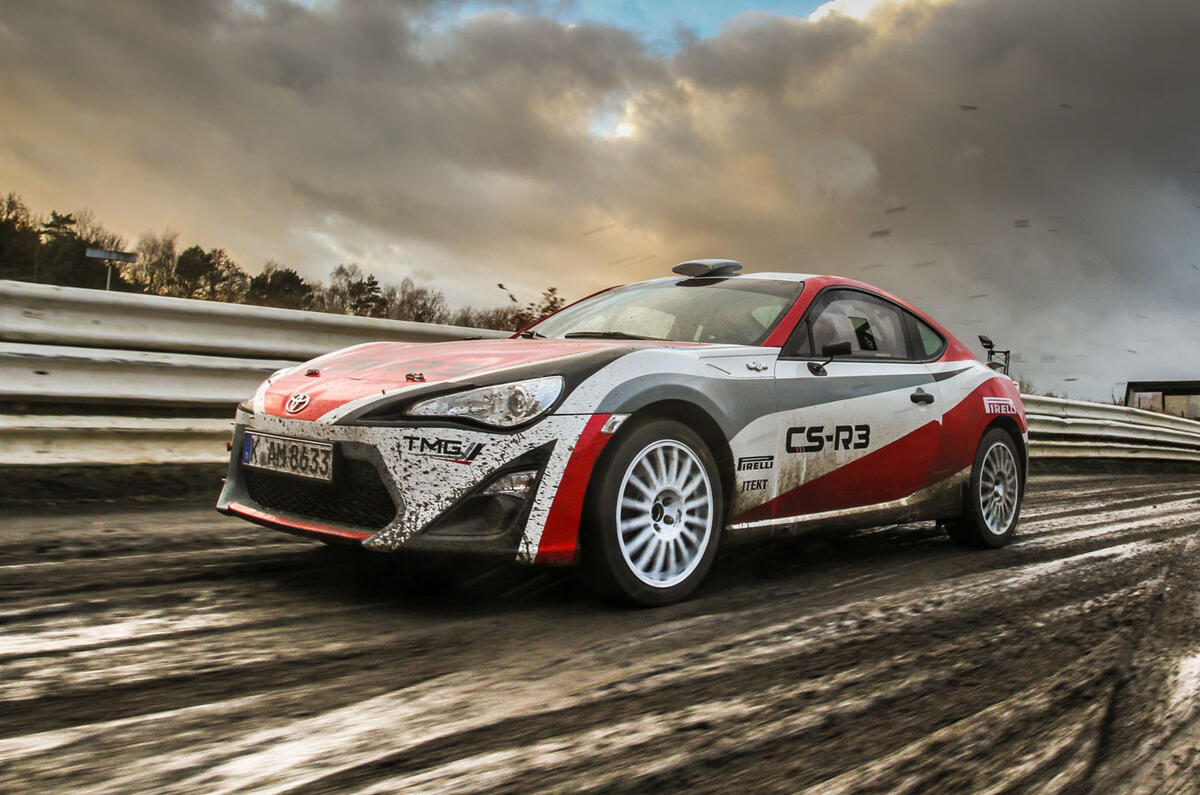

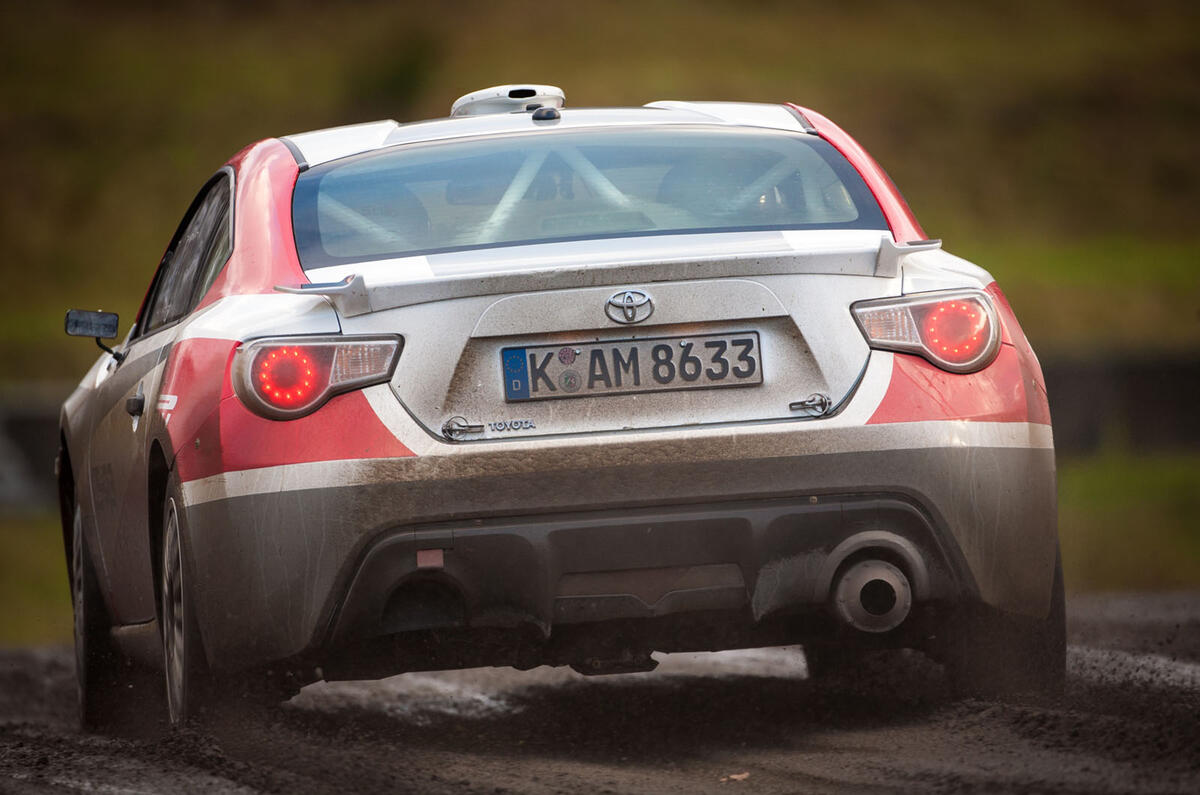
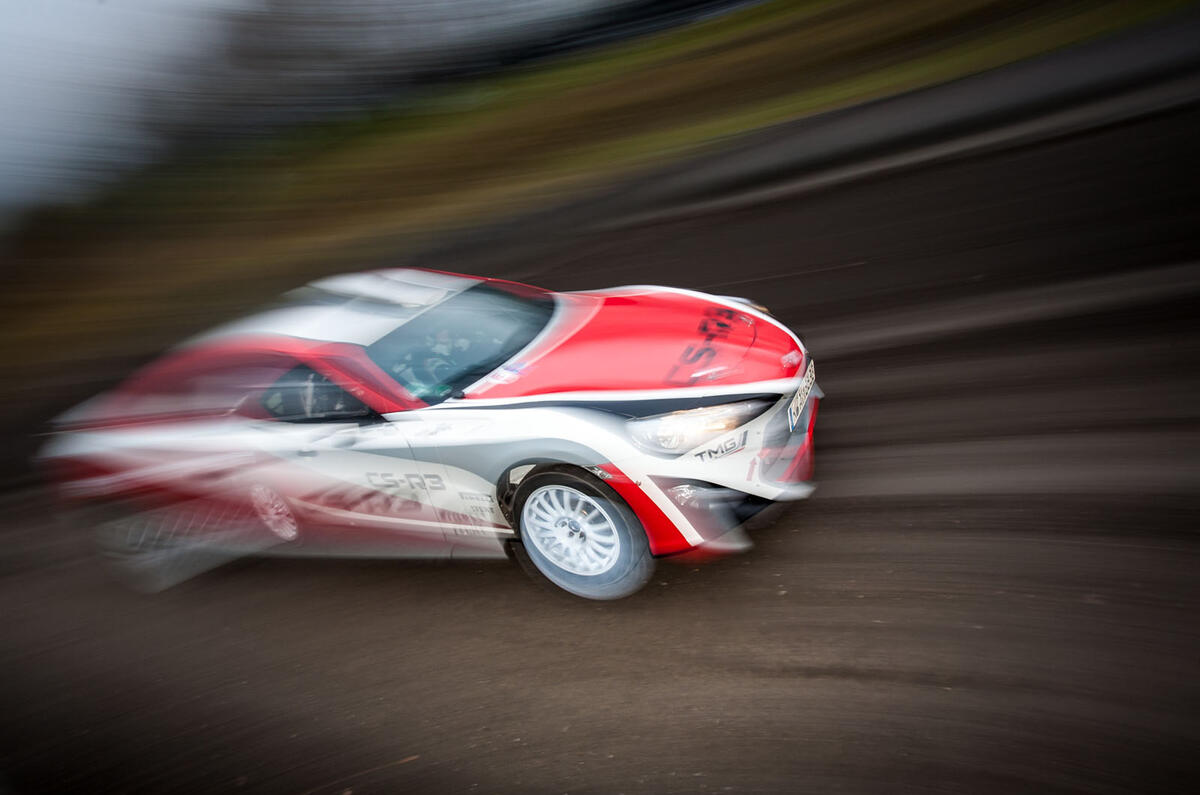



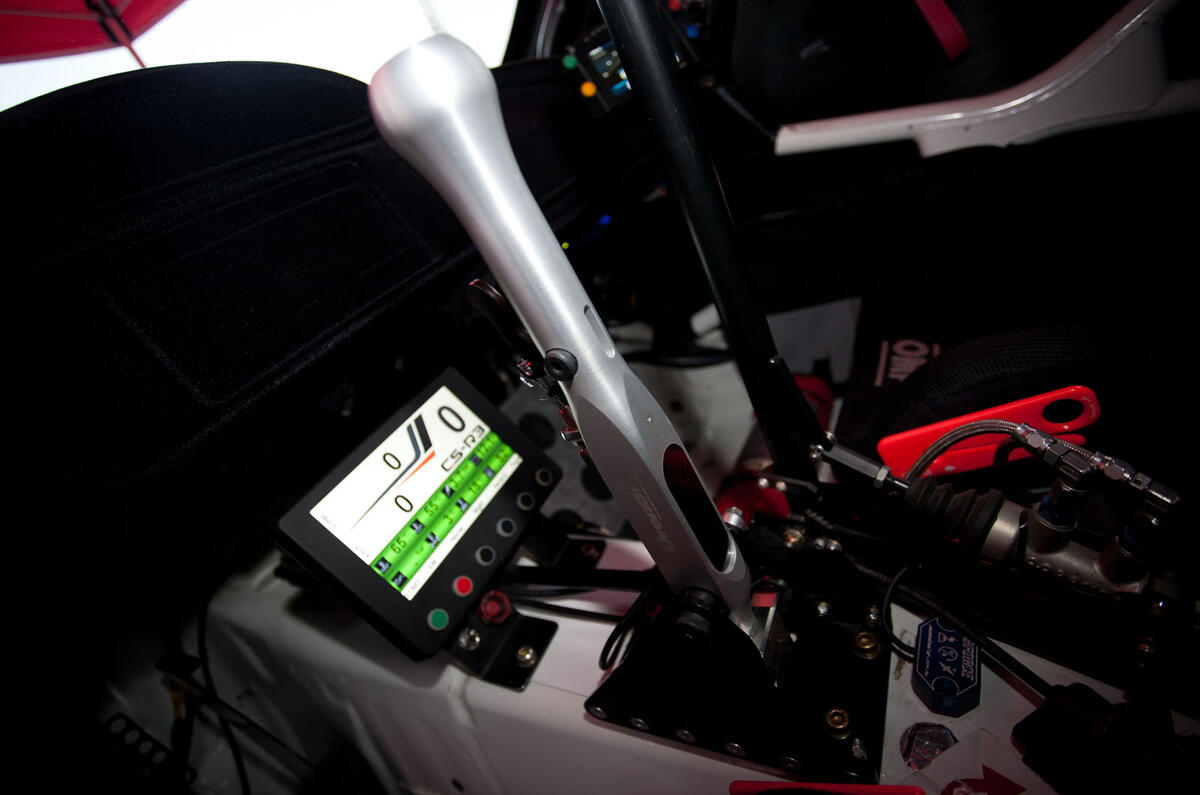



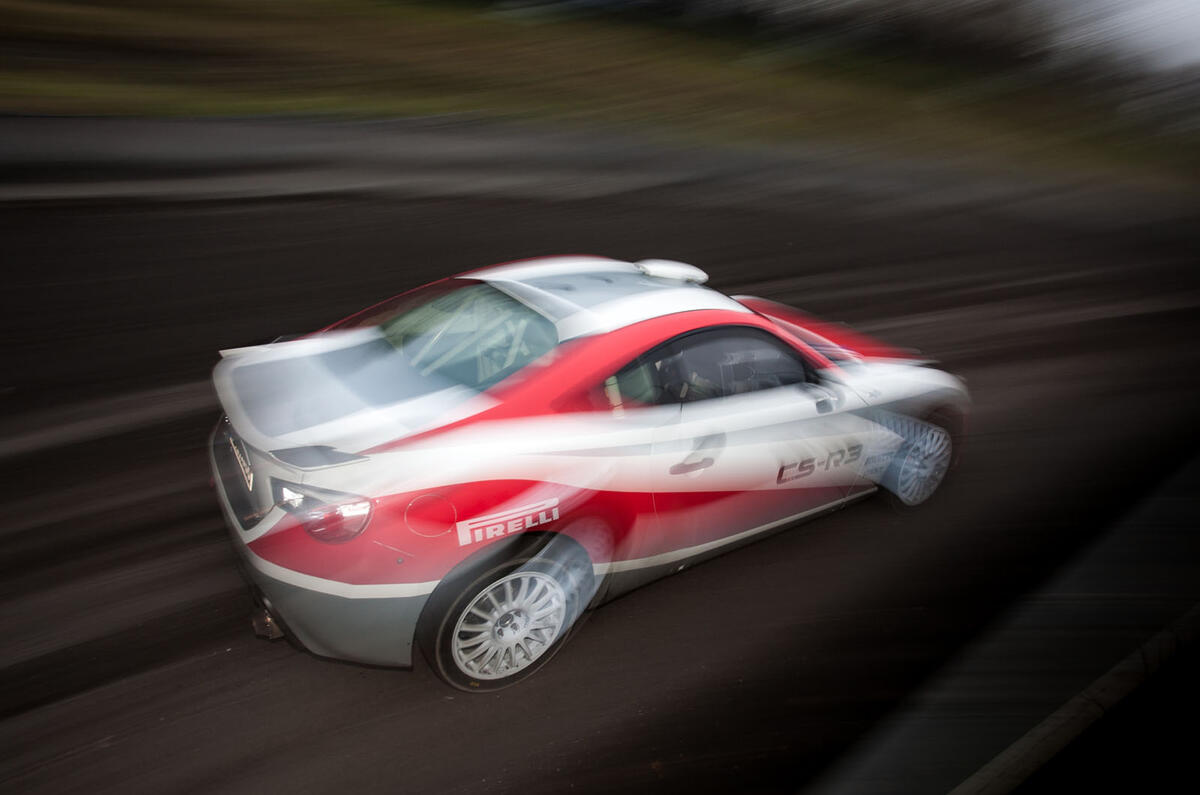

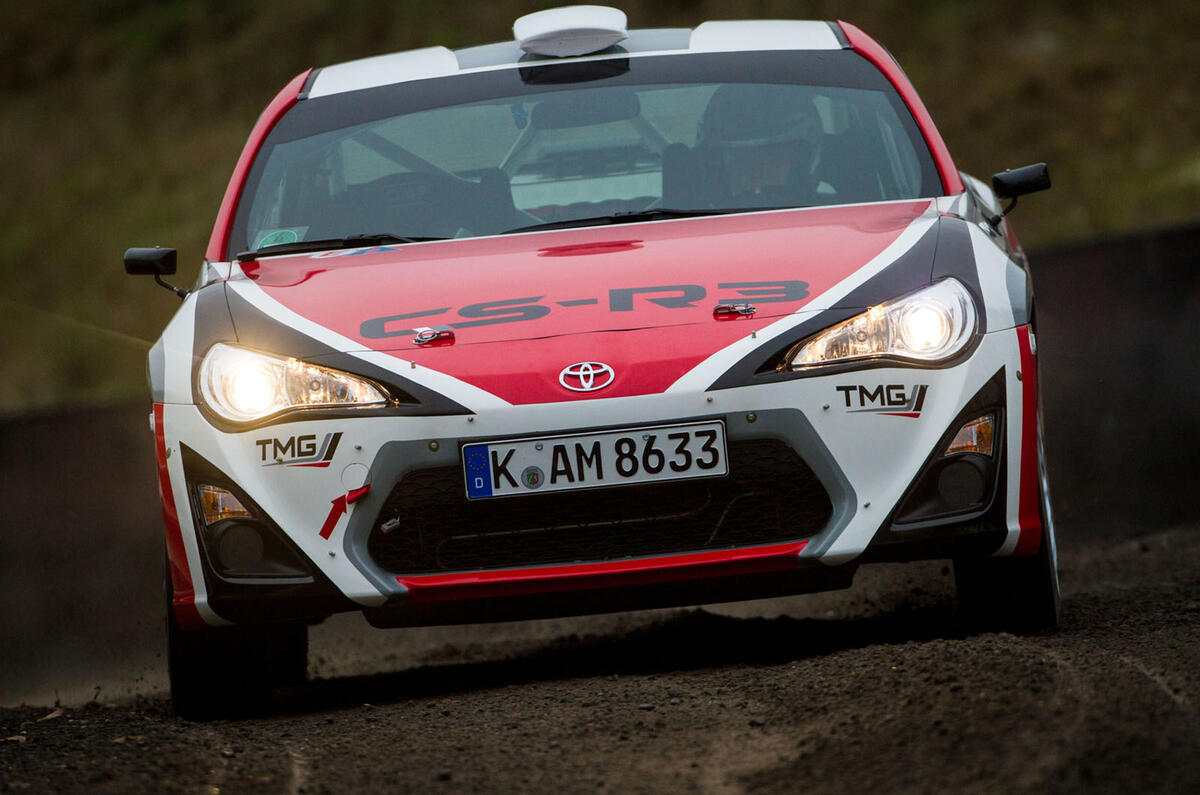
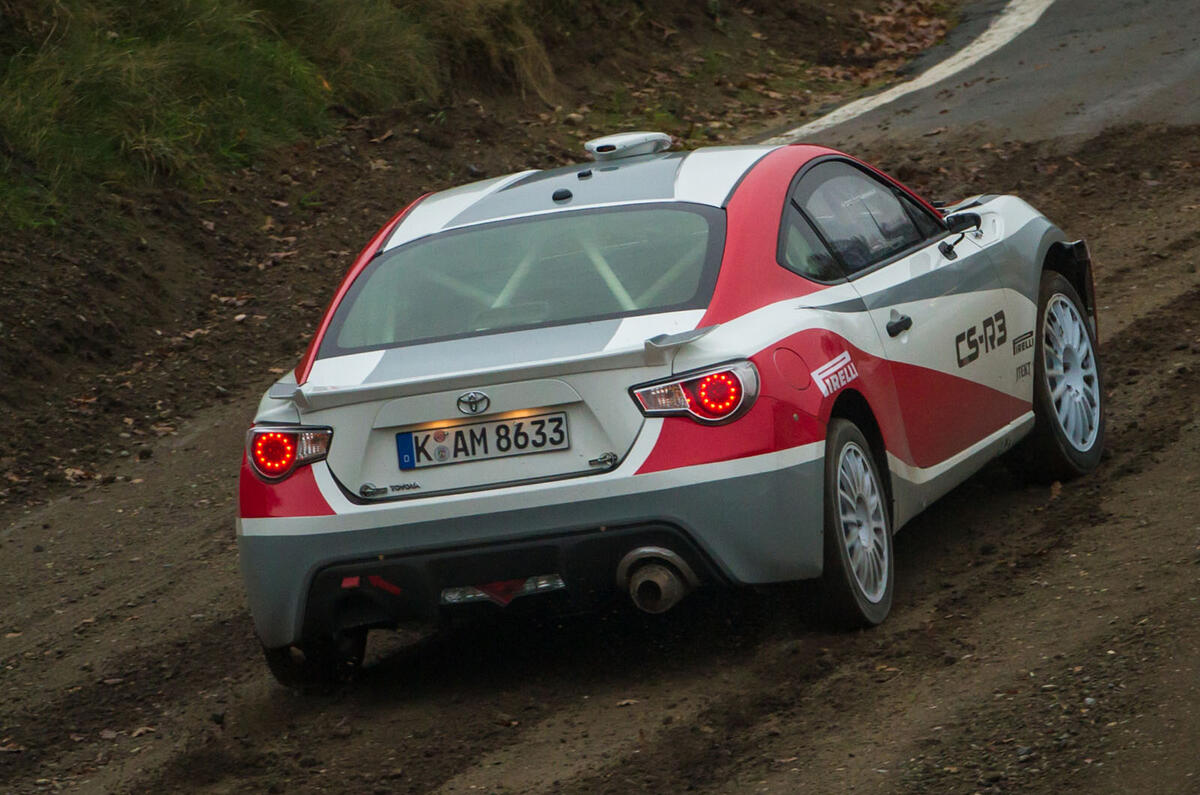

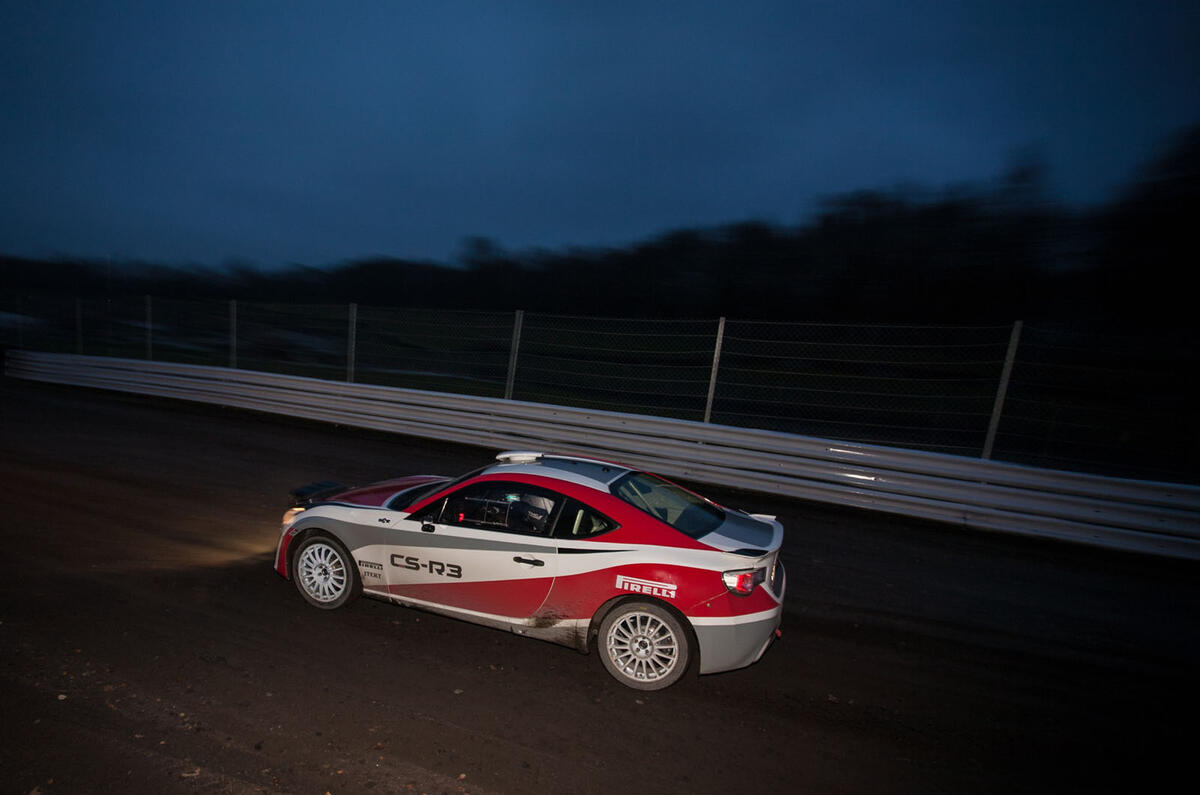
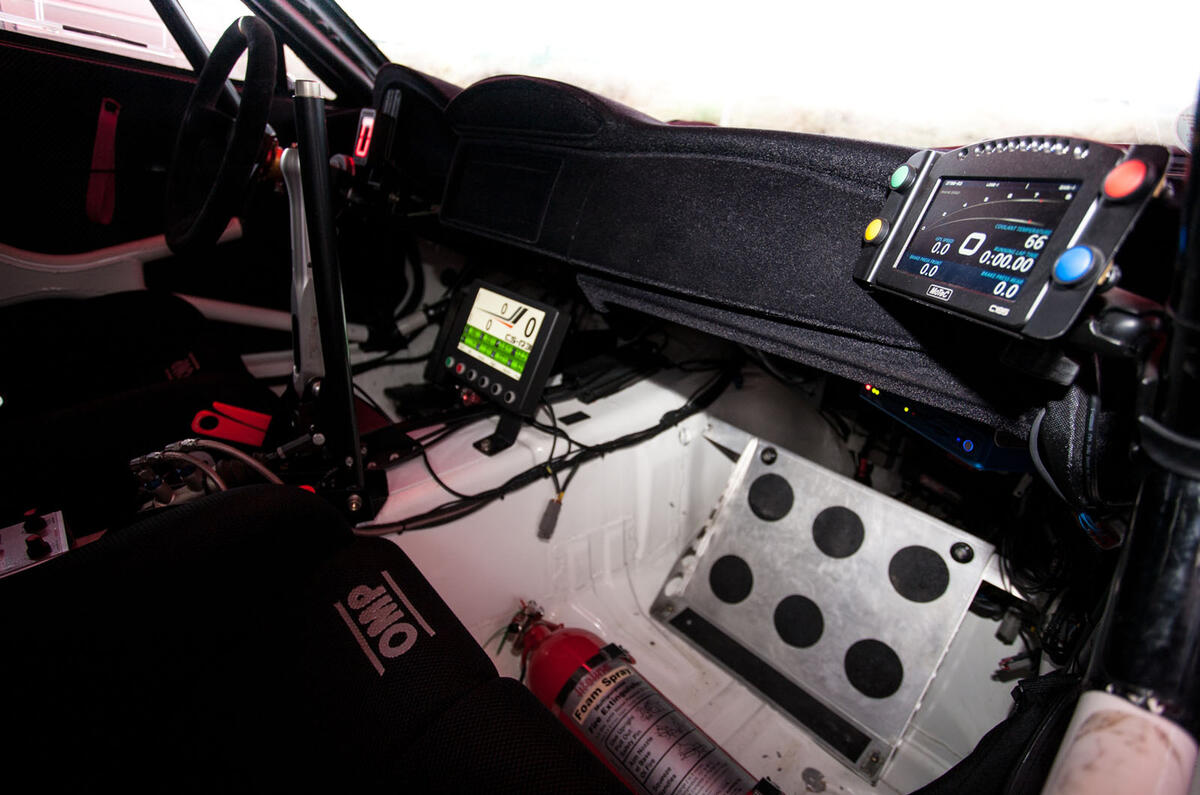

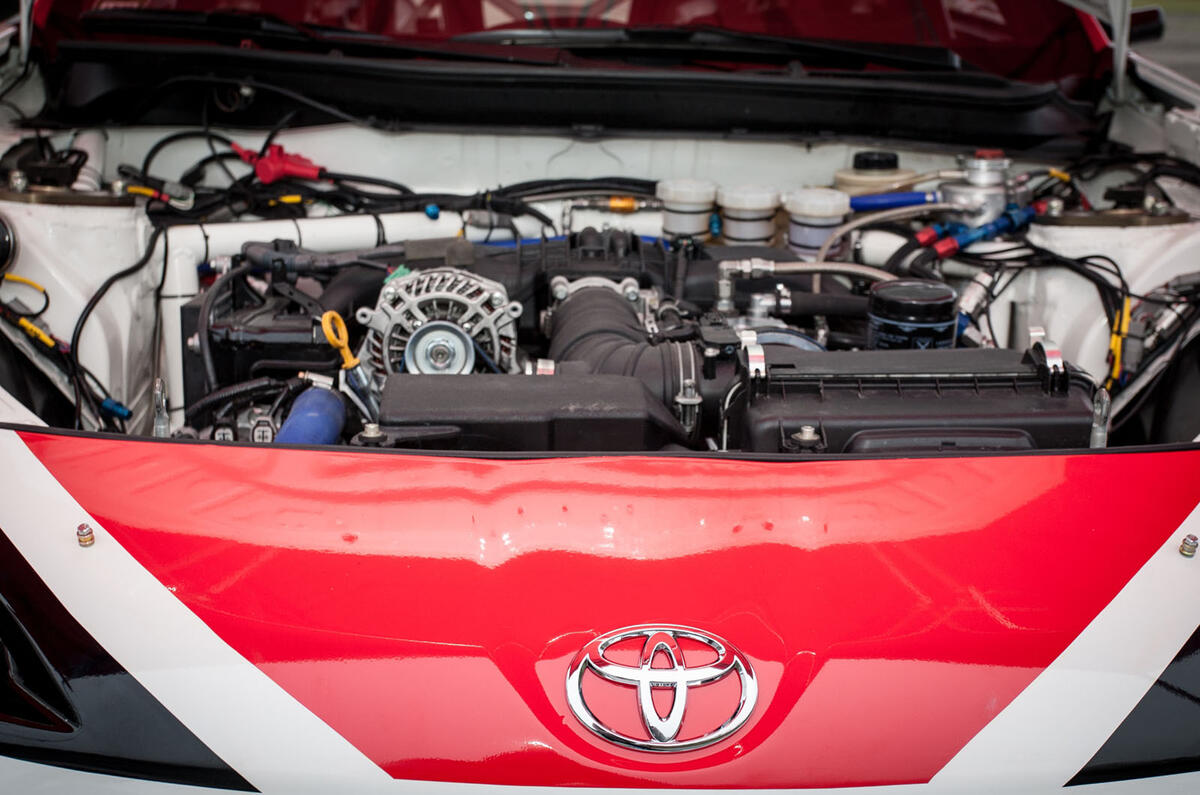
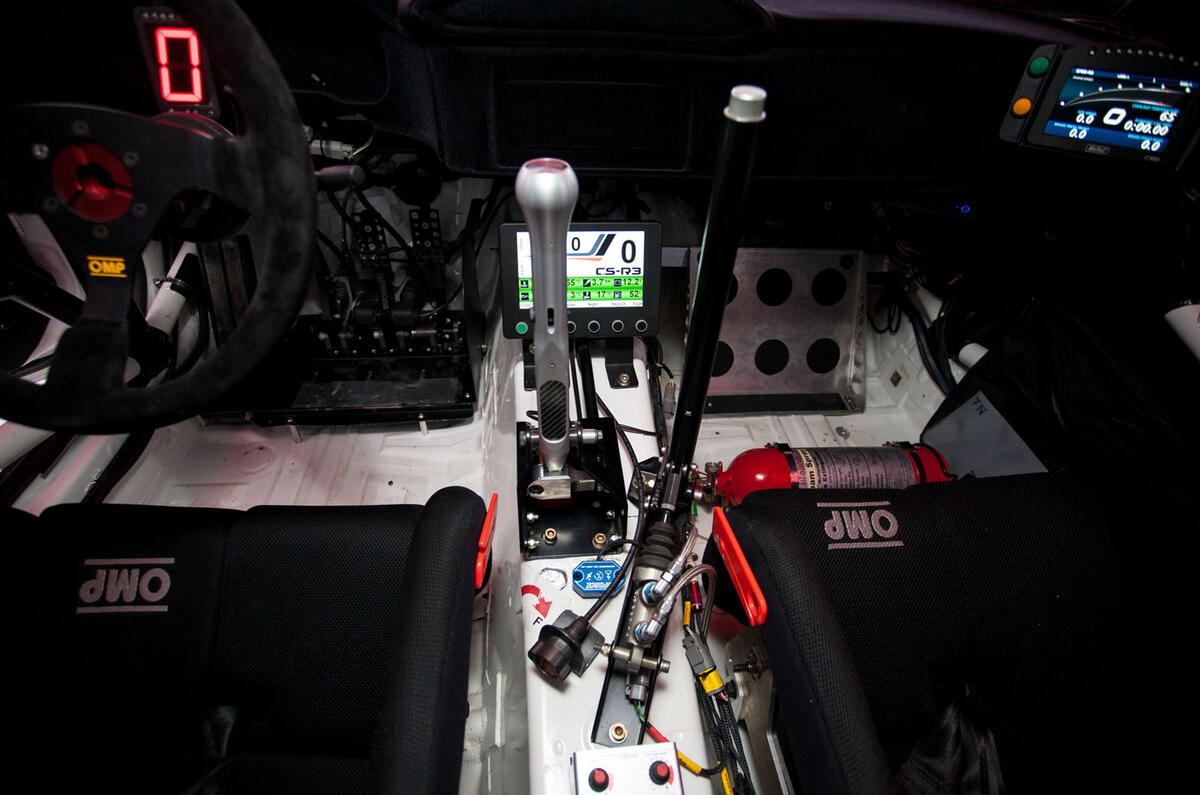
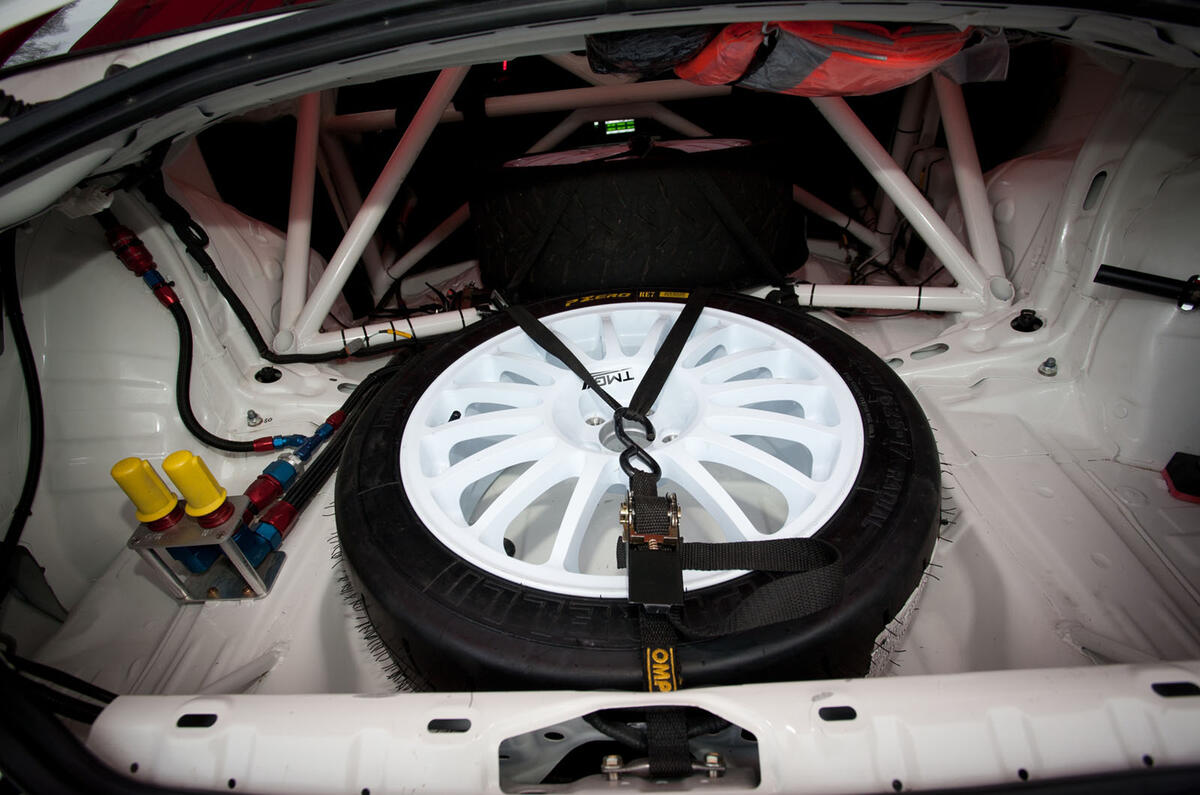
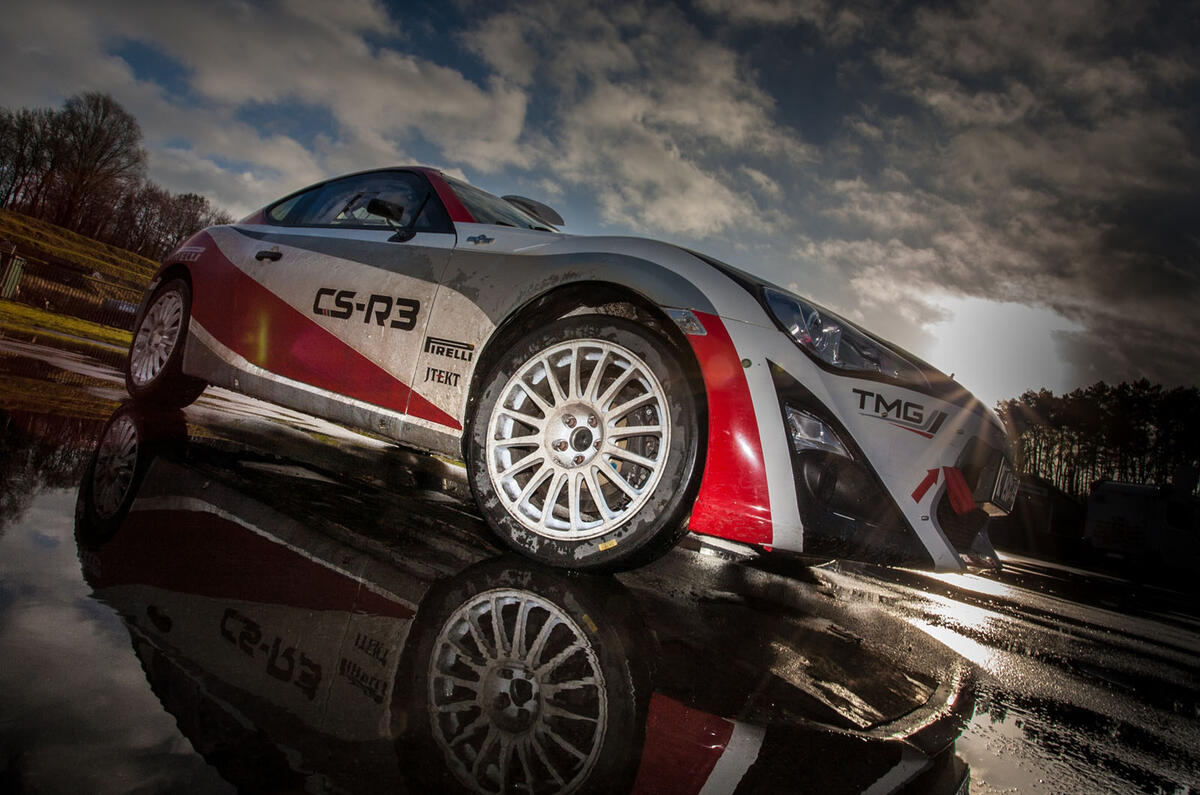

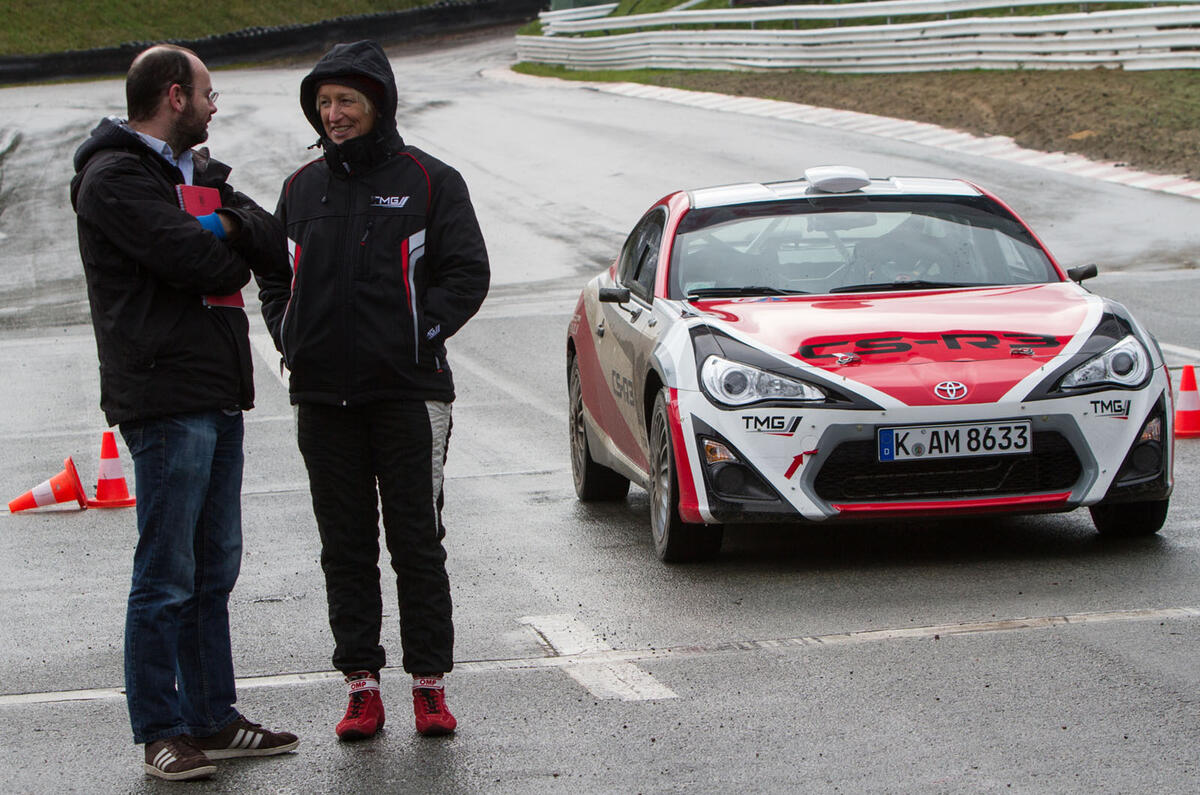



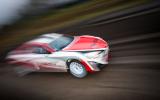

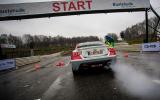

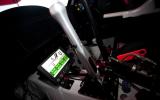


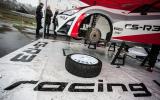
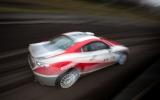
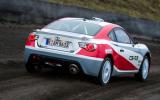

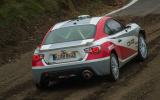
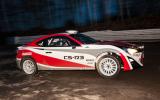




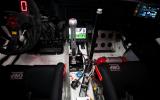
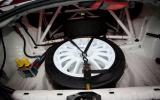








Join the debate
Add your comment
Lord forbid someone
Matt has hit the nail on the head....
WRC should be about speed & Endurance..... But currently isn't. Loads of under-powered 4WD hatches isn't doing it, unless you're stageside watching.
The WRC needs a proper RWD class; this and the R-GT Porsche are a start.
The electrically assisted power steering moves to hydraulic!